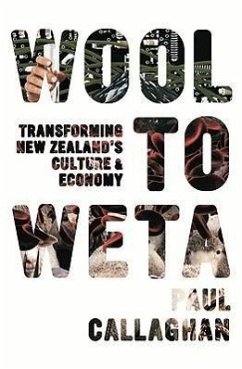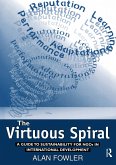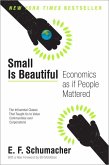Evaluating the competitiveness of New Zealand's current economy, this authoritative analysis argues the need to switch from agriculture and tourism as the economic backbone of the country and suggests that the emerging industries of science, technology, and intellectual property will offer more prosperity. Highlighting interviews with entrepreneurs who are creating successful science- and technology-based businesses--including Weta workshop, the cinema special effects company that worked on the "Lord of the Rings" film trilogy--the study explores vital topics regarding sustainable wealth and cultural change. Interviewees include physicist Andrew Coy, professor Bill Denny, entrepreneur Stephen Tindall, and Weta workshop creator and director Richard Taylor.








